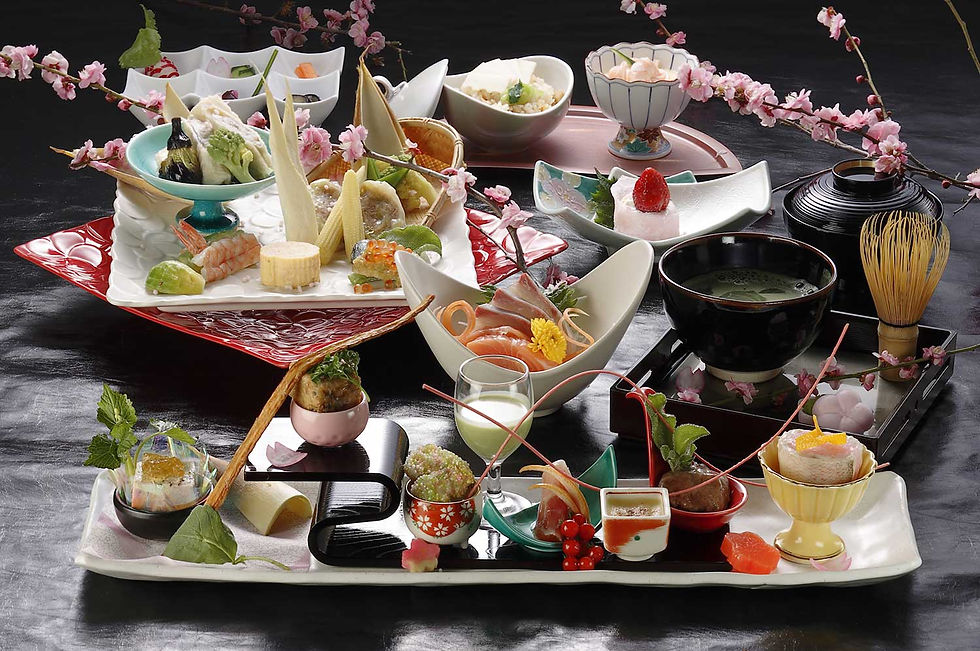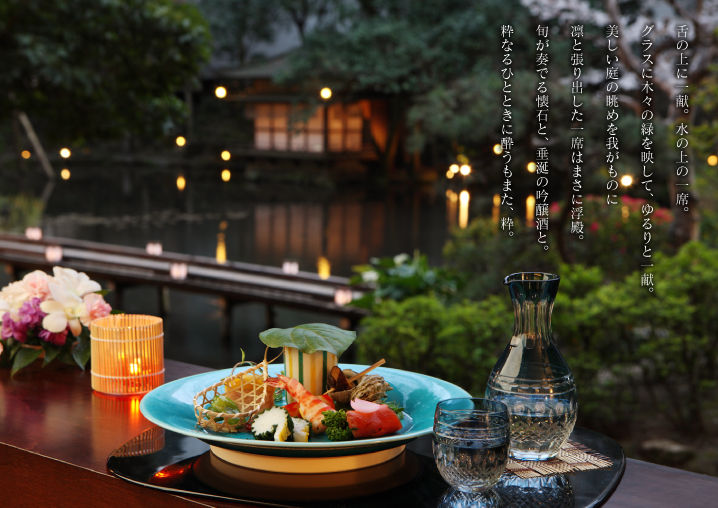Macrobiotics and Japanese food



Basics of Macrobiotic
What is Macrobiotic ?
When we say macrobiotic, many might visualize a stoic image, however, macrobiotic is the idea of achieving a healthy lifestyle by harmonizing with the natural environment, and taking meals based on traditional Japanese food that focuses on grain, vegetables, seaweed, etc.
Macrobiotics’ Etymology
“Macrobiotics is made up of three words, “Macro=Big”, “Bio=Life”, and “Tic= Technique, Study”. The ancient Greek Etymology means “life’s way in line with nature”.
Learn more
Two Major Principals of Macrobiotics
In macrobiotics, there are two principles which is “Shindofuji” (eating seasonal things in the land you live in) and “Ichibutsu-zentai”(eating every bit of the natural blessing without left overs).
“Shindofuji” (eating seasonal things in the land you live in)
It means that human beings and plants are integrated with the environment that it was born in. For example, the idea that there is the ability to lower body heat from fruits taken from tropical areas, the ability to warm up the body from vegetables taken from cold regions, and in countries that have
four seasons like Japan, can consume balance for the body by taking seasonal ingredients each season.
“Ichibutsu-zentai”(eating every bit of the natural blessing without left overs)
It means to eat the whole thing of one thing.
The ingredients itself has balance as a whole.
If it is grain, then brown rice that has not been polished.
If it is vegetables, it has nutrition in the leaves and skin. It is the idea of consuming everything to obtain a balanced body.
Yin and Yang Balance of Macrobiotics
In macrobiotics, there is an idea that everything has “Yin” and “Yang”.
Yin refers to centrifugal force, quite things, cold things, things that have much moisture etc.
Yang refers to centripetal force, things that have movement, hot things, things that have less moisture etc.
In Macrobiotics, it values the state (moderation) of taking balance in both the negative and positive.
Yin and Yang Balance of Ingredients
It is thought that Yin’s ingredients extends upwards and has an effect to cool the body, whereas Yang’s ingredients extends underground and has the effect to warm up the body.
If we give an example of the seasonal ingredients, cucumbers grown in summer (negative) takes heat from its worn out body, burdock grown
in winter (positive) warms up its cold body and helps us give balance to our body.
In macrobiotics, it is better not to lean towards both yin and yang to its extreme, therefore,
we centralize its ingredients in grain,
root vegetables, beans, etc.